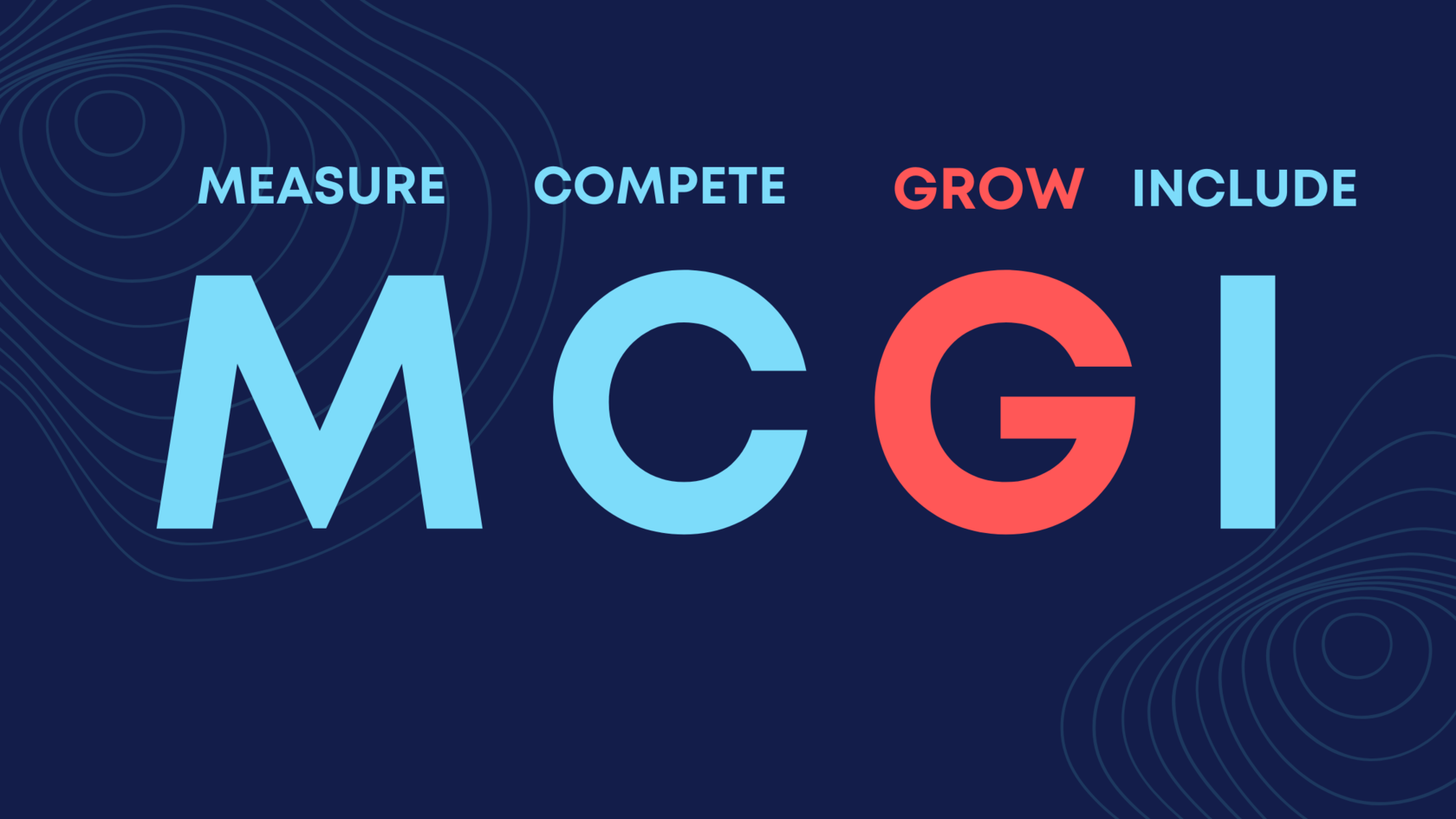When we talk about growth in mortgage banking, we typically think of growing the retail production capacity. Mortgage lending organizations grow by: (1) adding a loan officer or a team of loan officers, (2) acquiring a regional production team or even a company, (3) training people new to the mortgage industry, (4) investing in new technologies, (5) using the wholesale channel, (6) buying mortgage servicing, to name a few.
Usually, lenders design growth strategies and make decisions that are rooted in the answers to more or less three basic questions:
#1 Grow - where?
#2 Grow - what?
#3 Grow - who?
When lenders seek answers to these questions, they have a great ally - the Home Mortgage Disclosure Act (HMDA) Loan/Application Register (LAR) data, modeled in HMDAVision. HMDAVision covers ~92% of the mortgage transactions in the U.S. so lenders can see the outcomes of their sales and product strategies in context of their competitors' business at any geographic level - national all the way down to census tract.
Grow: Where?
To start to answer this question, carefully consider the state of the mortgage industry, including economic indicators like interest rates, unemployment rates, housing supply, relocation trends, demographic trends, etc. Then turning to HMDA LAR data, it is very useful to be able to work with the whole data set, from application to decision to sale to the secondary market. HMDA can provide not only competitive insights, but also compliance clarity to your geographic strategy. Why are we suggesting this? Because every mortgage banking firm is regulated and any business decision will be analyzed though the micro lens of regulatory compliance. For example, when you decide on a geography to grow, are you including or excluding certain geographic areas because they are high LMI or high minority areas? Sometimes, decision makers make decisions without the complete picture that is available in HMDA insights, and end up with unintended consequences. These can even include referrals to the DOJ by CFPB, FDIC, OCC, state regulators, and/or a host of consumer advocates. See for reference the DOJ claim filed by the Fair Housing Center of Central Indiana against Old National Bank, which ended in a settlement in December 2021.Grow: What?
To answer this question, you can review all of the loan products offered currently in your target markets and consider how well your current product suite serves the local communities given changes in demographics and trends in the housing and mortgage markets. Adopting a data-driven approach helps both identify gaps and also spot opportunities. Are you planning to expand to a high LMI area? Then based on an interactive exploration of available data, you can quickly make a determination if your product suite is up to the task to serve local credit needs. Without doing this, you may have outcomes like low application volume for your jumbo loans while a peer is busy taking applications and underwriting government sponsored loan products, or other affordable lending alternatives.Grow: Who?
To answer this question, you have to consider the changing regulatory environment. Last year Attorney General Garland put a spotlight on combatting redlining. As is evident from recent fair lending settlements, allegations can include the lack of full-time mortgage loan officers (MLOs) in majority-minority areas. In this new environment, you have to consider:- Do you provide equal access to credit for all members of your community? For example, are your MLOs easily accessible?
- Does your sales workforce (MLOs) mirror the communities you are serving?
- Do your MLOs understand the market and have relationships in the community?
- Do your MLOs have knowledge and experience with affordable loan products and small loan balance loans?
- Do you have the right training and support to make these MLOs successful?
Polygon Research has developed the MCGI framework as a guideline and best practice for how mortgage lenders can achieve a holistic approach to managing lending growth. It's not just business as usual, but a growth strategy that will be compliant and that will lead to a positive social impact on all stakeholders. The mortgage industry is changing. Driven by rising interest rate, industry forecasts point to a smaller pie and a mortgage market where purchase mortgage loans will be the key driver of growth. More than ever, growth strategies have to be precise and data-driven in order to drive profitability in a smaller market. And there is no better way to forge your strategy than with Polygon's MCGI framework, fueled by interactive insights from HMDAVision.
To see how you might begin to answer your own questions about your growth, please schedule a free 30-minute data-driven exploration with us.
